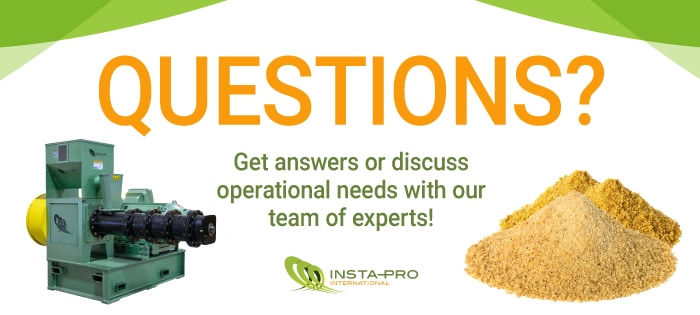Maîtrise statistique des procédés (MSP, ou SPC – Statistical Process Control) : des outils de qualité pour votre exploitation

Le contrôle qualité est un aspect souvent négligé dans une exploitation. Le contrôle qualité ne devrait toutefois pas se limiter à l’aspect. On l’associe facilement à la qualité des ingrédients entrants, mais le contrôle qualité peut aussi s’appliquer à la transformation.
Qu’est-ce que la MSP ?
La maîtrise statistique des procédés (ou MSP) est une méthode qui permet d’analyser le niveau de performance d’un procédé selon un ensemble de critères particuliers. En d’autres mots, elle vous donne une idée quant au degré de performance de votre exploitation. En comprenant certaines limites, on peut optimiser la production et réagir rapidement aux changements dans un processus.
Méthodes
L’une des approches les plus simples, c’est d’enregistrer quelque chose de façon régulière puis de suivre ces enregistrements au fil du temps. Il faut tout d’abord décider de ce que vous allez surveiller, puis établir des références de mesure. Cela va-t-il être le pourcentage d’eau ? La densité ? La taille des granulés ? Quoi que ce soit, vous ne pouvez rien faire sans d’abord savoir où vous en êtes. Seules une production constante et des mesures fiables vous permettront de faire cela.
Vous devrez ensuite décider de ce qu’est une « bonne » plage de valeurs (ce qu’on appelle « limites de contrôle ») pour votre processus. Vous devrez ensuite déterminer la manière de réagir quand le processus sort de cette plage (plus/moins d’eau, ralentir le débit d’alimentation, etc.). La détermination d’un intervalle pour la transformation doit se faire attentivement. Si votre intervalle est trop étroite, vous passerez le plus clair de votre temps à corriger un processus (alors que le produit fabriqué est peut-être valable). D’un autre côté, si votre intervalle est trop large, vous pourriez laisser un mauvais produit arriver jusqu’au client. L’analyse du marché et les discussions avec vos clients vous aideront à déterminer ceci.
Par exemple, pour l’extrusion de soja entier, il peut être intéressant de suivre les protéines, les matières grasses, et la teneur en eau, ainsi que les taux d’uréase avant et après extrusion. Le pourcentage d’humidité (trop élevé ou trop faible) peut avoir un impact considérable sur la stabilité de l’extrusion et la qualité du produit fini, et cela peut être une vérification simple si votre processus ne semble pas stable. Si votre pourcentage varie, vous aurez désormais des données à présenter à votre fournisseur pour remédier à ce problème. Les taux d’uréase vous permettront de savoir si la cuisson est correcte ou non dans l’extrudeuse, et ils peuvent vous indiquer s’il est nécessaire de transformer à de plus haute températures. Cela permet également de garantir que la nourriture est de qualité acceptable avant d’être consommée par les animaux et de causer des problèmes potentiels.
Autres outils pour contrôler la qualité
En plus de la surveillance des limites d’intervalle, des outils comme I’analyse de capabilité (à court/long terme), les courbes de distribution, et les histogrammes peuvent être exploités pour l’analyse et le partage des données. Ces outils plus évolués vous permettront de prédire les futures performances du processus, et de savoir s’il est au point. Une simple recherche dans Wikipédia vous éclairera davantage sur ces éléments et leur utilité pour votre processus.
Le but de toute exploitation est d’être rentable. Si vous comprenez votre processus, vous serez davantage capable de réagir aux changements qui peuvent s’avérer coûteux dans le temps. La surveillance du processus et la MSP sont un investissement dans votre exploitation, qui peut vous faire économiser de l’argent à long terme.


